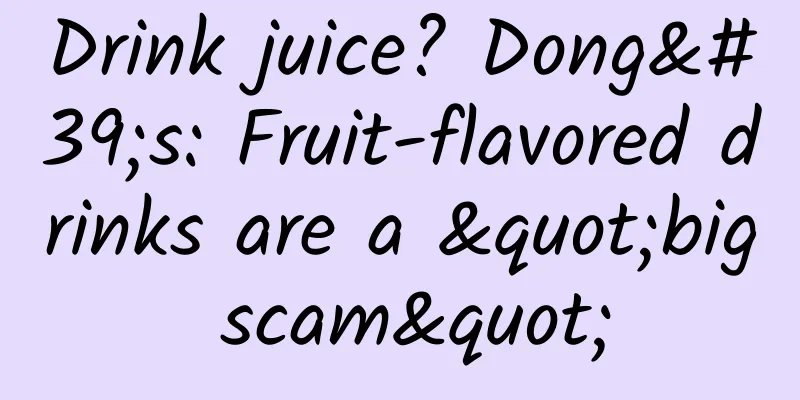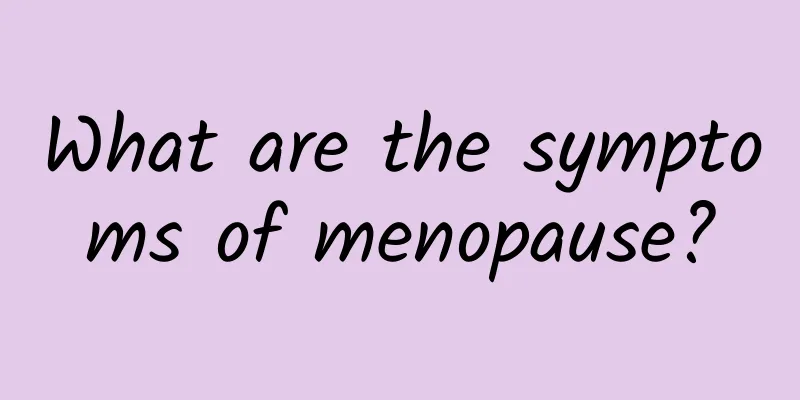Drink juice? Dong's: Fruit-flavored drinks are a "big scam"

|
Many people believe that fruit juice is healthier than other beverages because they can drink fruit. However, the Tung Foundation has found that many commercially available fruit juice drinks are actually made from chemical compounds, but are packaged with pictures of real fruits or given fruit-themed names. Therefore, although people can taste the fruit flavor, they are not really drinking juice, which is misleading. Many fruit juice drinks on the market are actually made from chemical compounds, but they are packaged with pictures of real fruits or given names that have fruit connotations, which may be misleading. (Photo courtesy of Tung Foundation) The Tung Foundation and legislator Wang Yu-min held a press conference today, the 12th, questioning the "huge deception" of commercially available fruit juice drinks, as the fruit juice content is obviously very low, and some even only have fruit-flavored compounds. They called on the Department of Health to require businesses to clearly indicate the "juice content percentage" on the packaging of fruit juice drinks. If the drink does not contain fruit juice but only has fruit flavor, it should be labeled "no juice." Hsu Hui-yu, director of the Tung Nutrition Group, said people tend to conclude that drinks contain fruit juice or are high in fruit juice based on factors such as brand awareness, real fruit pictures on the packaging, fruit connotations in the drink name, and foreign imports. Take "lemon tea" for example. It does not contain lemon juice, but instead contains compounds such as citric acid and lemon flavor. Surprisingly, most people think that the citric acid added to these lemon-flavored teas is equivalent to lemon juice. For two consecutive years, Tung conducted focus group surveys targeting adults from different groups and second to fourth grade elementary school students. The survey used 60 commercially available beverages with a fruit juice content of less than 10% or no fruit juice at all. Among the top ten fruit-flavored beverages that are easily misunderstood, the misunderstanding index of adults ranged from 30% to 50%, while the misunderstanding index of elementary school students was as high as 60% to 83%. Although the Department of Health currently has regulations for fruit juice drinks, it only requires that drinks with "fruit juice content of more than 10%" must be labeled with the fruit juice content. There are no regulations at all for drinks with no more than 10%. Legislator Wang Yu-min said that the Japanese government has specially established "fruit beverage labeling standards" for beverages containing fruit juice. Regardless of the amount of fruit juice, businesses must clearly label the fruit juice content on the beverage packaging. Therefore, even if the fruit juice content is extremely low or there is no fruit juice at all, the "0.1% juice" or "no juice" labels can still be clearly seen on the beverage packaging imported from Japan. Both Wang Yumin and Dong called on the Department of Health to review current management measures and follow Japan's practices to safeguard the rights of the people. |
>>: Can taking fish oil prevent Alzheimer's disease? Doctor: Mild symptoms are more beneficial
Recommend
How to read the health check report? What do abnormal values mean? Famous doctors answer 5 common Q&As during health checkups
The westernization of diet and the aging of the p...
Does adenomyosis cause excessive vaginal discharge?
After a woman has adenomyosis, her body will unde...
What is pelvic effusion?
Many people don’t know much about pelvic effusion...
Experts explain the compression symptoms of severe ovarian cysts
As the ovarian cyst progresses, the patient will ...
Patients with ovarian cysts should undergo timely examination
In recent years, the incidence of ovarian cysts i...
Treatment of functional uterine bleeding and metrorrhagia
Functional uterine bleeding is a common disease i...
What are the causes of postpartum cervical erosion?
What are the causes of postpartum cervical erosio...
What are the main causes of cervical hypertrophy?
Regarding the causes of cervical hypertrophy, man...
Effective ways to prevent vaginitis in daily life
In real life, there are many female friends who s...
Abdominal symptoms reveal the secrets of uterine fibroids: Gynecologists remind you to be alert to these 4 situations!
Uterine fibroids, as the most common benign tumor...
In what aspects of the female body do symptoms of vulvar leukoplakia appear?
Vulvar leukoplakia mainly affects women, with the...
How to treat unmarried women with uterine fibroids? How to treat unmarried women with uterine fibroids?
Uterine fibroids are a very common gynecological ...
How to treat pelvic effusion?
Pelvic effusion is a common gynecological disease...
Should cervical polyps be removed after menopause?
After menopause, cervical polyps need to be remov...
Should fruit be eaten before or after meals? Nutritionists recommend eating this way to get the best value for money
Some people say that eating fruit before meals ca...









